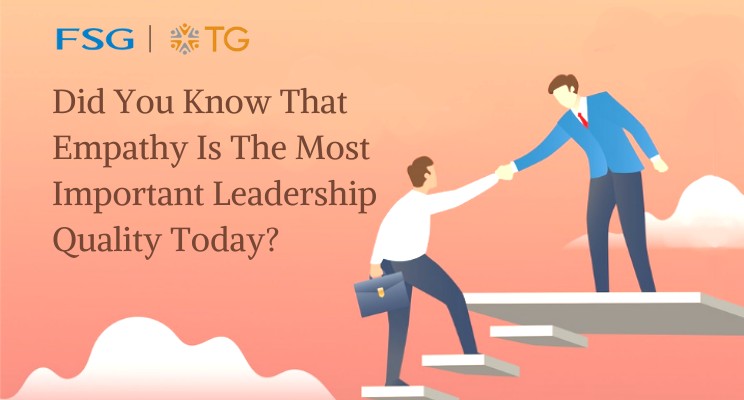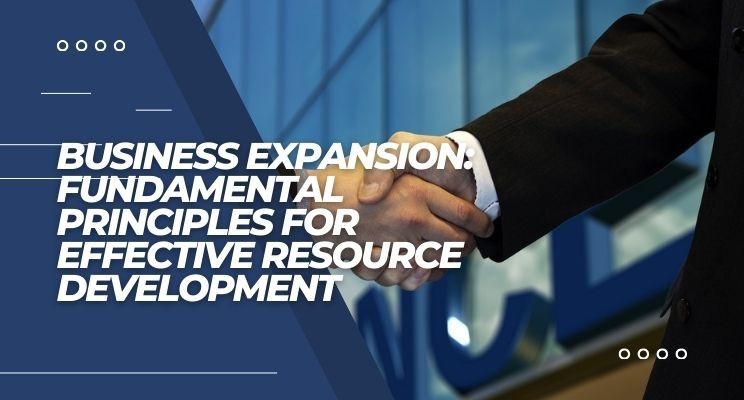Most strategy is just empathy in disguise. It may wear the clothes of analysis, forecasting, and competitive positioning, but at its core, strategy is about understanding people—what they need, what they value, what they fear, and what they hope for. It’s about seeing the world through someone else’s eyes and using that insight to make better decisions. Whether you’re designing a product, entering a new market, or rethinking your brand, the most effective strategies begin not with spreadsheets, but with listening. They start with the simple, human act of paying attention.
Empathy in strategy isn’t soft or sentimental. It’s sharp. It cuts through noise and reveals what really matters. When a company takes the time to understand its customers—not just demographically, but emotionally—it gains an edge that data alone can’t provide. It sees the gaps between what people say and what they do. It notices the friction points that others overlook. And it uses that understanding to create offerings that feel intuitive, relevant, and even necessary. Strategy becomes less about guessing and more about aligning—aligning what the business can offer with what people actually need.
This kind of empathy extends beyond customers. It includes employees, partners, and even competitors. A leader who builds strategy with empathy considers how change will affect the people inside the organization. They think about how a new initiative will land with the team, what support will be needed, and how to bring people along. They don’t just announce a direction—they invite participation. That kind of inclusive thinking doesn’t slow things down; it speeds up adoption. People move faster when they feel seen, heard, and respected.
Empathy also helps businesses navigate uncertainty. In volatile environments, rigid plans often fall apart. But empathetic strategies are more resilient because they’re grounded in human truths. They’re not built on assumptions—they’re built on understanding. When the world shifts, empathetic businesses don’t panic. They adapt, because they’ve been listening all along. They know what their customers care about, what their employees are capable of, and what their brand stands for. That clarity allows them to respond with confidence, not just react with urgency.
Some of the most admired companies in the world have built their strategies on empathy. Airbnb didn’t just see a market opportunity—it saw a cultural shift. It understood that people wanted more than a place to stay; they wanted to feel like they belonged. That insight shaped everything from the platform’s design to its brand voice. Similarly, Warby Parker didn’t just sell glasses—it reimagined the experience of buying them, based on a deep understanding of customer frustration. These companies didn’t win by being the cheapest or the flashiest. They won by being the most attuned.
Empathy also fuels innovation. When teams are encouraged to explore what others are feeling, they uncover unmet needs and overlooked opportunities. They stop designing for themselves and start designing for others. That shift in perspective leads to better questions, and better questions lead to better solutions. Design thinking, which has become a staple in many innovation processes, is essentially structured empathy. It asks teams to immerse themselves in the lives of users, to observe, to ask, and to imagine. The result is not just more creative ideas, but more meaningful ones.
Of course, empathy alone isn’t enough. It needs to be paired with action. A strategy that understands people but doesn’t serve them is just sentiment. But when empathy is combined with execution, it becomes powerful. It turns insight into impact. It ensures that decisions are not just smart, but right. And it builds relationships that last, because they’re based on mutual respect and shared value.
Empathy also requires humility. It asks leaders to admit what they don’t know, to be curious rather than certain, and to be open to being wrong. That humility creates space for learning, and learning is the engine of strategy. When businesses stop assuming and start asking, they discover things that change their trajectory. They find new markets, new models, and new meaning. They stop chasing competitors and start serving people.
In the end, most strategy is just empathy because business is, at its core, a human endeavor. It’s about people solving problems for other people. It’s about relationships, trust, and understanding. The tools may change, the markets may shift, but the foundation remains the same. When businesses lead with empathy, they don’t just perform better—they matter more. They become not just successful, but significant. And in a world that’s increasingly complex and connected, that kind of significance is the most strategic advantage of all.





